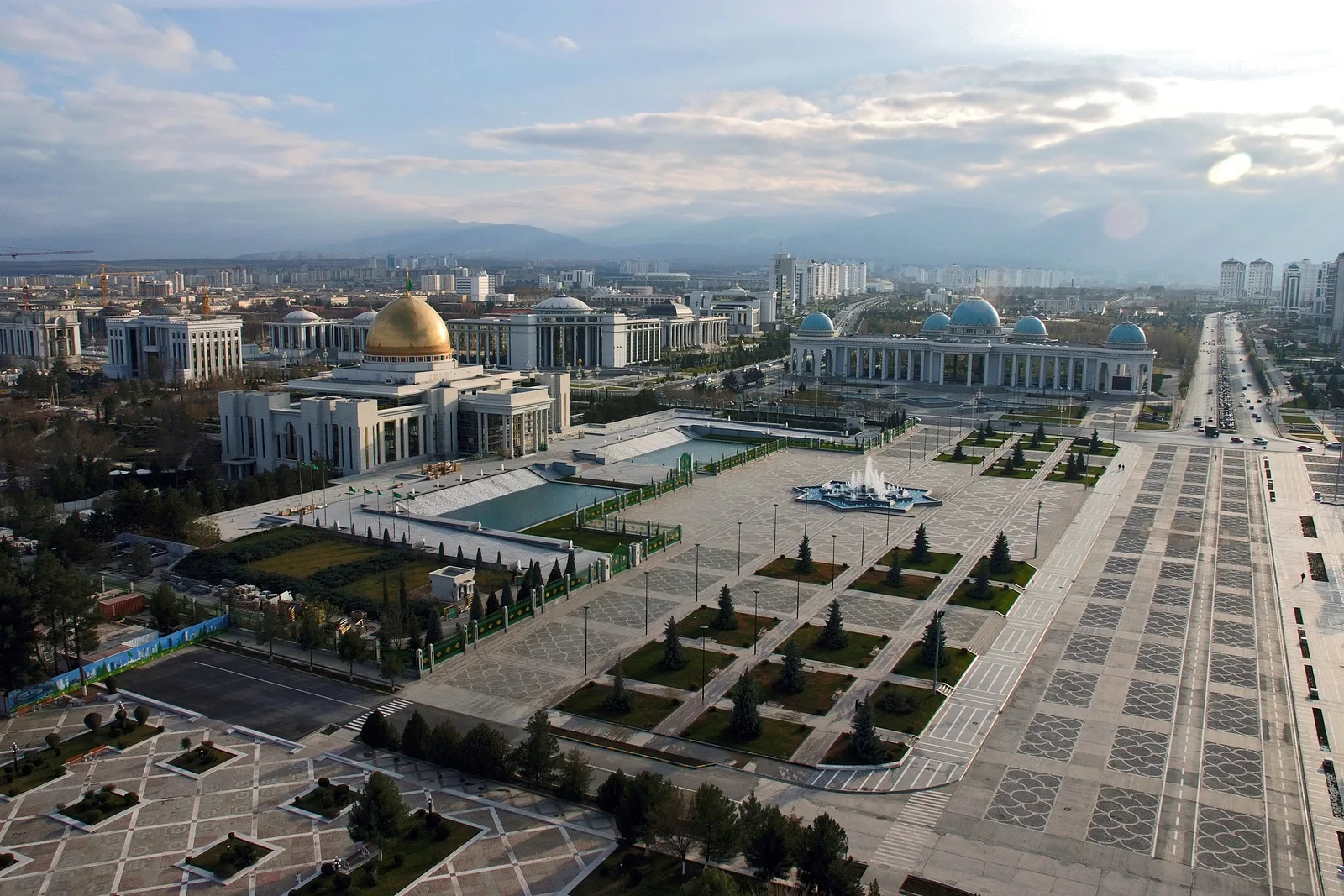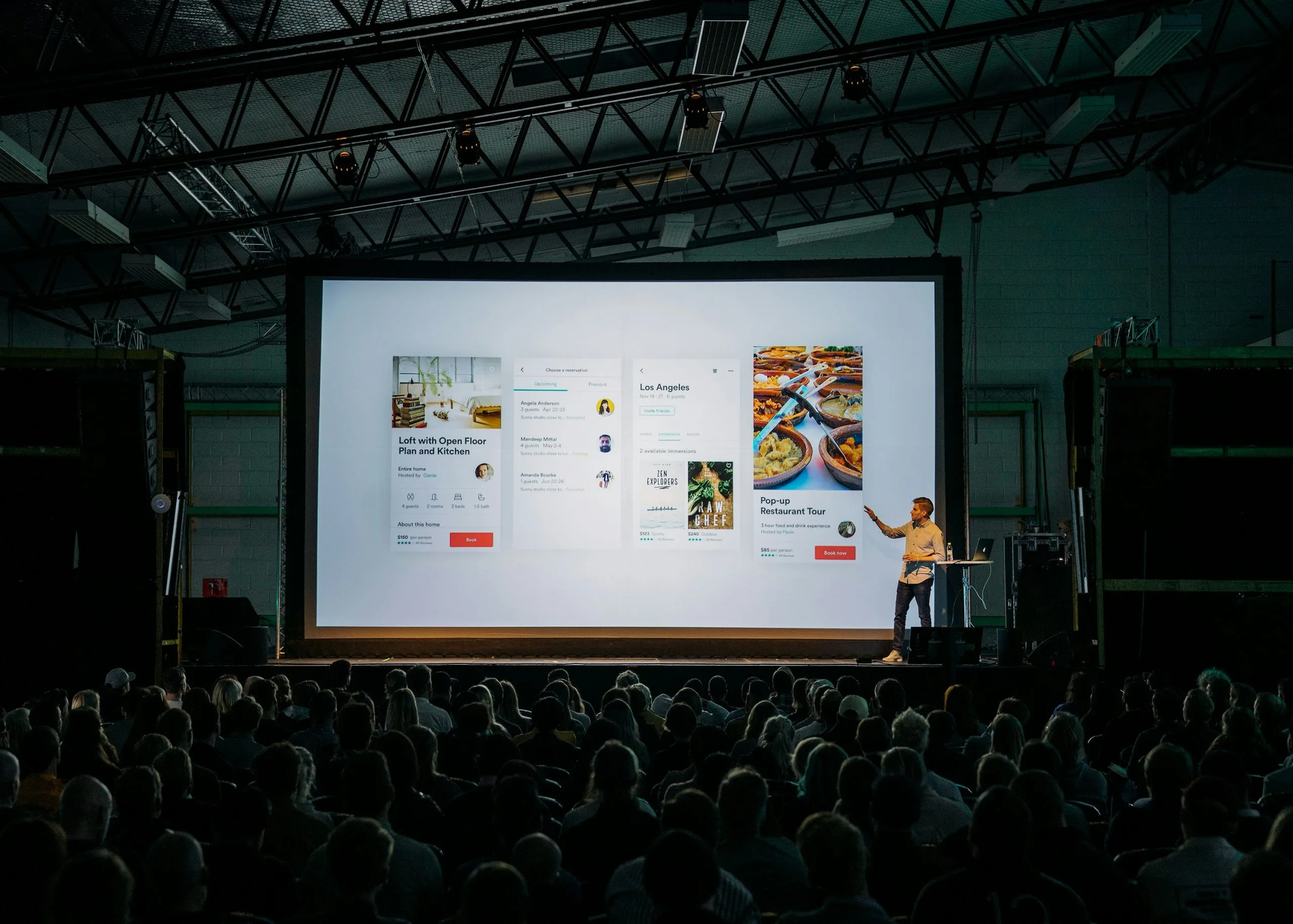Having exited the Covid-19 crisis successfully, Lithuania’s economy was growing fast until early 2022, buoyed by rising exports and rapid integration into global value chains.
Then came Russia’s invasion of Ukraine, which slowed growth and led to some of the highest levels of inflation in the euro area, driven by high energy and food prices. The slump carried through to 2023, when real GDP is estimated to have contracted by 0.3 per cent, slightly less than most analysts had forecast.
According to the European Commission’s latest macroeconomic review of the country, published in February, despite significant capital investments and a fast deceleration of inflation (from a peak of 18.9 per cent in 2022, inflation fell to 8.7 per cent in 2023, and is expected to ease further in 2024 to 2.4 per cent), Lithuania’s economic recovery was delayed due to subdued private consumption, weak exports, and tightening financing conditions. Exports of goods, in particular in the important chemical, plastic, wood and furniture sectors, continued to be impacted by sluggish global demand, while exports in services recovered.
The labour market remained resilient, with unemployment on a downward trend and growing employment figures thanks to an increasing number of self-employed and persons fleeing war in Ukraine. Wage growth remained strong, driven by higher minimum wages and public sector wage increases, but also due to a persistently tight labour market.
While recent manufacturing, construction and services confidence indicators show rather pessimistic expectations for the near future, consumer confidence started to improve. Private consumption is expected to grow thanks to alleviating price pressures, although uncertainty over Russia’s war of aggression in Ukraine is still expected to weigh on private consumption, as consumers opt for precautionary savings instead.
At the same time, continuously weak external demand is limiting growth, which is forecast at 2.1 per cent in 2024. For 2025, GDP growth is projected to strengthen to three per cent, as exports are recovering, and private consumption and investments are expected to become the key growth drivers.
Key sectors
Lithuania’s IT and telecommunications sector has been a beacon of innovation and growth, positioning the country as a leading technology hub in the region, second only to Estonia. Second-hand clothes marketplace Vinted hit unicorn status back in 2019, joined by Nord Security (behind the hugely successful NordVPN app) in 2022.
In all, the number of start-ups has more than doubled over the last decade to well over 1,000 and there are now over 200 fintechs operating in the country, making it the second largest fintech hub in Europe, behind only the UK. A regulatory sandbox allows potential and existing financial market participants to test financial innovations in a live environment under the guidance and supervision of the Bank of Lithuania.
Besides local outfits such as Kevin., which develops payment applications, Lithuania has also proven to be a refuge for UK-based fintechs looking for an EU hub in which to operate, including neobank Revolut.
Indeed, with a highly skilled workforce and its supportive regulatory environment, the sector has attracted significant foreign investment, fostering the development of cutting-edge technologies and services. The government’s strategic focus on digital infrastructure has facilitated widespread internet access, enabling businesses and start-ups to thrive.
Manufacturing (around a quarter of GDP) also plays a pivotal role in Lithuania’s economy, with a diverse range of products including machinery, electrical equipment, and chemicals. The sector benefits from Lithuania’s location, offering easy access to key European markets.
Exports are a crucial component, driven by high-quality production standards and competitive pricing. The government’s investment in industrial parks and incentives for foreign investors has bolstered manufacturing capabilities, making Lithuania an attractive destination for international manufacturing operations.
Agriculture, while not as dominant as in the past, remains an essential sector, underpinning the rural economy and employing a significant portion—six per cent—of the population. Lithuania’s fertile land and favourable climatic conditions support a variety of crops and livestock, with grain, dairy, and meat products constituting the bulk of agricultural output.
The sector, however, faces challenges such as the need for modernisation and the impact of climate change, but also presents opportunities through organic farming and technological innovation in farming practices. Several Lithuanian start-ups, such as Kaunas-based Freya Cultivation Systems, which is developing technology to boost greenhouse yields, are leading the agritech revolution.
The political context
Lithuania’s political landscape has been marked by a commitment to democratic principles, economic reform, and European integration. The country’s membership of the European Union and NATO underscores its strategic orientation towards the West and its integration into European economic and security structures.
Recent governments of all stripes have pursued policies aimed at enhancing business competitiveness, reducing bureaucratic hurdles, and promoting foreign investment. Economic policies meanwhile have focused on fiscal sustainability, innovation, and the digital economy, aiming to create a conducive environment for business and economic growth.
Though the country faces three rounds of elections in 2024 (European, parliamentary and presidential), no major changes in its economic policy are expected. Lithuania is also likely to continue to strengthen its economic relationship with Taiwan, a move that signifies a strategic diversification of its international partnerships and a bold stance given the geopolitical implications.
This burgeoning relationship showcases Lithuania’s commitment to fostering economic ties with dynamically growing economies across the world, particularly in the Asia-Pacific region.
Challenges and opportunities
A recent snapshot of Lithuania’s economy prepared by the Organisation for Economic Co-operation and Development (OECD) showed that twice as high a share of SMEs than the EU average reports difficulties in accessing finance. This problem is particularly acute for young, innovative SMEs with high growth potential.
Lithuania also faces demographic challenges, including a declining population (currently around 2.7 million people) and the emigration of skilled workers, which could impact long-term economic growth. Since the 1990s, Lithuania has lost around a quarter of its population.
Energy security is another critical issue, with efforts underway to reduce dependence on imported energy and diversify sources. With gas imports from Russia halted immediately after Moscow’s invasion of Ukraine, the country’s previous investment in a liquified natural gas (LNG) terminal at Klaipeda has paid dividends. Operator LN Energies reported late last year that terminal capacity was fully booked until 2033.
Long-term, further investment in renewable energy sources and infrastructure will be key to achieving energy independence and sustainability. More than 37 per cent of all available EU Recovery and Resilience funding (worth 3.85 billion euros in total) will be devoted to measures that support climate objectives. The country aims to be climate neutral by 2050 (the capital has an even more ambitious target).
Despite the recession of 2023 and the challenges posed by emigration, Lithuania has ample opportunity to drive growth through innovation, particularly in the technology sector. The country’s robust educational system, entrepreneurial spirit, and government support for start-ups and innovation ecosystems position it well to capitalise on the digital economy and emerging technologies.
Photo by Dmitriy K. on Unsplash.







